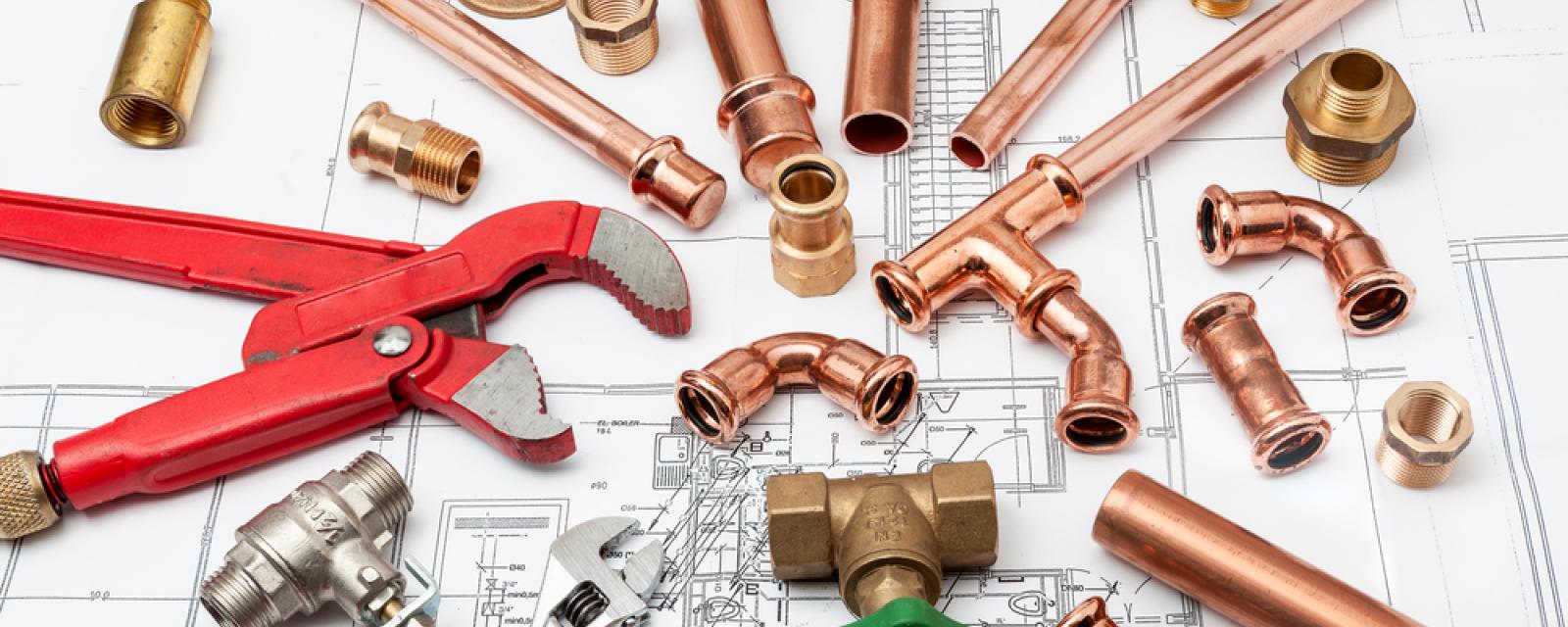Sewer Back Up Solutions
We employ a variety of methods to clear sewer drains, ensuring they address the wide range of issues that can arise in the diverse and densely populated urban environment. These methods are designed to tackle everything from simple clogs to complex sewer back up blockages and sewer line damages. Here’s an overview of the most common techniques used:
Snaking or Drain Augering
Description: This method involves using a long, flexible cable with a spiral coil at the end, known as a snake or auger, which is inserted into the drain. The plumber turns the snake, allowing the coil to dislodge or break apart clogs and blockages.
Best For: Minor blockages or when the clog is relatively close to the drain opening.
Hydro Jetting Can Eliminate Sewer Back Up For Years Ahead
Description: Hydrojetting uses high-pressure water jets to clear out sewer lines. This method is highly effective at removing grease, debris, and even tree roots that have infiltrated sewer lines.
Best For: Severe blockages and maintenance to prevent future clogs, especially in older systems where buildup is common.
Camera Drain Pipe Inspection To Identify Sewer Back Up Causes
Description: Before addressing a blockage, plumbers often use video pipe inspections to diagnose the problem. A camera attached to a flexible rod is inserted into the sewer line, providing real-time video feedback. This allows for accurate identification of blockages, cracks, or breaks in the sewer line.
Best For: Diagnosing persistent or complex sewer line issues, ensuring targeted and effective treatment.
Drain Chemical Treatments For Sewer Back Ups
Description: In some cases, chemical treatments may be used to dissolve clogs. These are typically enzymes and bacteria-based products designed to break down organic matter without damaging pipes.
Best For: Minor clogs or as a maintenance measure to keep lines clear, particularly in commercial settings where grease buildup is a concern.
Drain Pipe Bursting and Relining
Description: For severely damaged sewer lines, methods like pipe bursting and relining are used. Pipe bursting involves breaking the old pipe while simultaneously pulling a new pipe into place. Relining, on the other hand, creates a new pipe within the existing one using a resin-saturated liner.
Best For: Repairing or replacing damaged sewer lines without extensive excavation, minimizing disruption and cost.
Excavation
Description: In cases where trenchless methods are not feasible, direct excavation may be necessary to repair or replace a section of the sewer line. This is more invasive and typically used as a last resort.
Best For: Accessing and repairing sewer lines that cannot be fixed with trenchless methods, often due to severe damage or obstructions.
Rooter Service
Description: Similar to snaking, but specifically designed to cut through tree roots that have invaded sewer lines, using a cutting tool at the end of the auger.
Best For: Clearing sewer lines of tree roots, a common issue in Brooklyn where older trees can interfere with underground plumbing.




